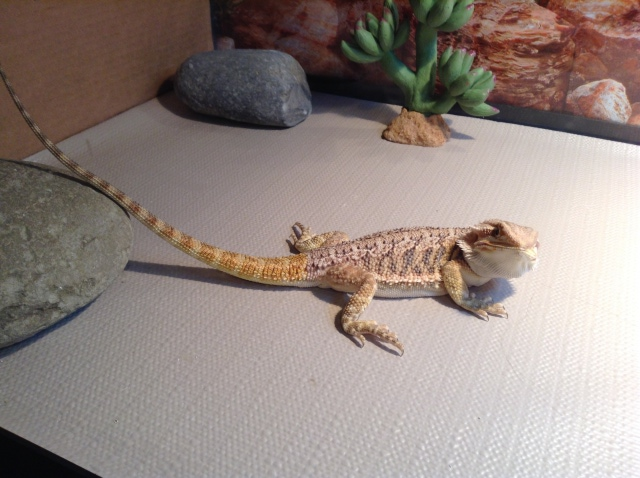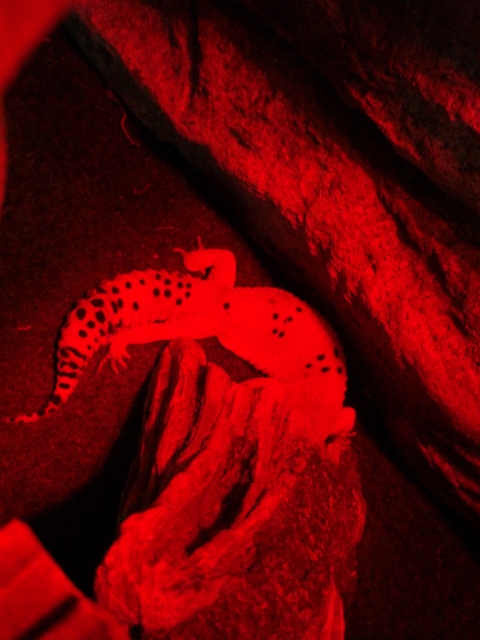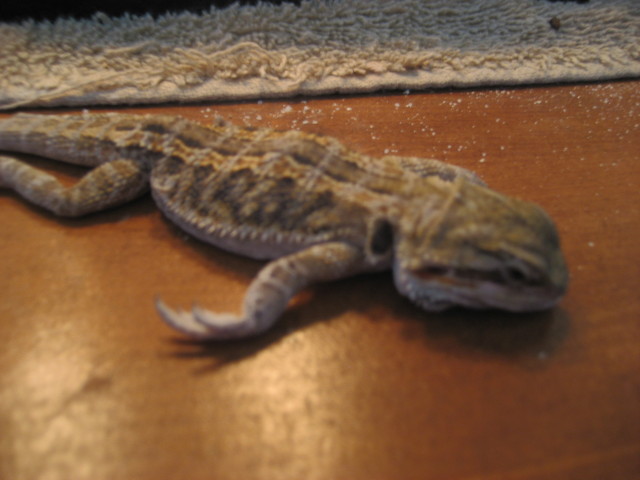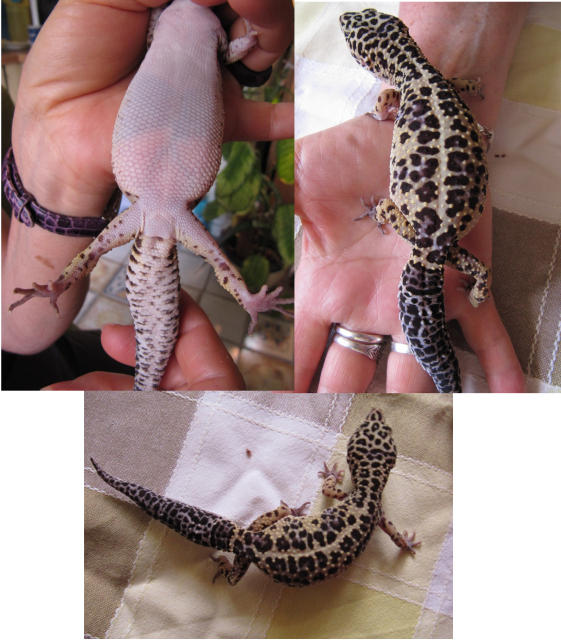QuestionHI, my daughter recently aquired a Yellow Bellied slider (a deceptive sell at a souvineer shop). After doing some research online, we learned that the little plastic container they sell you at the tourist trap is insufficient. We now have a ten gallon tank with filter, waterfall, basking rock and proper lighting. Needless to say, my daughter will be cutting the grass for the remainder of the Summer to pay this expense off. Our neighbor has had a Red ear for a year that stlii lives in the little plastic container they got it in. I volunteered to let it live in the tank with our turtle but my daughter is worried that they may not get along, Can these two species cohabitate and if so should we do anything prior to make sure it does not bring a harmful parasite or bacteria into our tank?
AnswerHi Gail,
Glad to hear you have been researching...that's wonderful!!! Here are some good sites to add to your list:
http://www.anapsid.org/mainchelonians.html
http://home.earthlink.net/~rednine/slider.htm
This site is specific to yellow bellied:
http://www.austinsturtlepage.com/Care/cs-yellowbelly.htm
Even the 10 gallon tank isn't large enough for long.... as that with proper care they can grow fast and really need to have room to be able to swim, bask and get proper temperature gradients.(see the link above)
You do need to get a thermometer as they do need specific temperatures for their water and basking areas.
Its not recommended to house the two species together due to species differences, diseases, etc. Each species can carry disease that may not harm their own species but is deadly to other species.
I do want to give you some info on correct uvb as that there are so many new types out there and some are useless and even dangerous....plus the recommended distances have changed for even the "best" of the best sources of uvb.
LIGHTING:
There are tubes and bulbs that say ''full spectrum'' but they do not produce any uvb.
Supplying uvb can be done in a few ways. By special lights
that come in fluorescent tubes or special screw in bulbs
(mercury vapor)that are designed to produce uvb and heat.
The tubes do not produce heat. UVB is needed by the reptile
to be able to absorb the calcium in the foods they eat.
With out the uvb, they will develop metabolic bone disease.
With the tubes, they must say that they produce BOTH uvb and
uva. The uvb needs to be 5% or higher. Repti Sun 10.0 and the Repti Glo 8.0's are a great source for uvb. The old "favorites" are the repti sun 5.0 or the Iguana light..which are the same tube, just different package.
These need to be positioned 6-8 inches over the reptile for the 5% and 8% and 8-10 inches for the 10% so that they get the uvb that is needed. The tubes need to be replaced every 6-9
months as that they stop producing UVB long before they stop producing light.
******There has been new studies that have proven that compact uvb lights, both the spiral/coil type and the ones that look like long "U's" laying on their side and a few other brands are causing what basically amounts to snow blindness in reptiles. To read more on this, you can go to
http://www.uvguide.co.uk/index.htm ********
On the mercury vapor , they also produce heat. They also
produce the uvb and uva. The best on the market now are the
Mega Rays.(http://www.megaray.com) The distance from these are greater
than the uvb tubes and the directions must be followed that
are listed for the light. When using the mercury vapor
lights, you don't need to have one light for uvb and one for
heat. The Mercury vapor lights provide both. Small tanks generally are not suitable for the mercury vapor lights due to distance.

 Bearded dragons
Question
Zoey
I have two questions! And I know e
Bearded dragons
Question
Zoey
I have two questions! And I know e
 What kind of reptiles are these?
QuestionReptiles at Home Depot
QUESTION: I saw a
What kind of reptiles are these?
QuestionReptiles at Home Depot
QUESTION: I saw a
 Sick leopard gecko part 2
Question
Chevy
Expert: Tracie Kretzschmar
Subject: Wh
Sick leopard gecko part 2
Question
Chevy
Expert: Tracie Kretzschmar
Subject: Wh
 stomach blockage?
QuestionQUESTION: I got my first bearded dragon last ch
stomach blockage?
QuestionQUESTION: I got my first bearded dragon last ch
 Leopard Geokko ill
QuestionQUESTION: I am having a problem with a female L
Leopard Geokko ill
QuestionQUESTION: I am having a problem with a female L